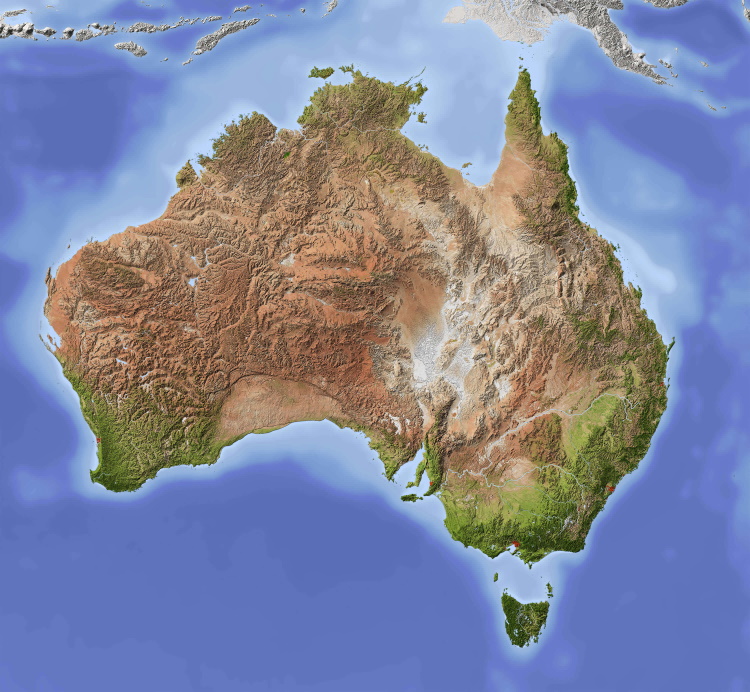Related: I’ve heard NIMBYs bringing up that “the bus is faster (may have a quicker journey time in certain conditions)” and because of this, stuff like light rail and quality BRT is a waste of time. It certainly isn’t faster if you have to wait for >30 min for it though because mixed traffic is an awful environment for generating and maintaining high frequencies and patronage and thus good investment. Our value assessment frameworks need work to say the least
- 0 Posts
- 12 Comments

 5·2 years ago
5·2 years agoWhat a hero. Free him!

 2·2 years ago
2·2 years agoJust because you can, doesn’t mean you should. Zag’s reply summed it up pretty well, but yeah, building lots of car-centric sprawl and bringing the socio-economic and environmental issues that come with it is a bad idea
This is a shame. For its faults, this seemed like a good use of the area, in close proximity to PT and active-friendly services. Would be great to see the land used for good, preferably as publicly-owned housing

 3·2 years ago
3·2 years agoOh, I know how it is - I’m from the area. Picture a four-lane car sewer lined in one part with drive thrus and the odd bit of traditional mixed use clinging on like a footpath plant, and a beautiful beach defaced by car infrastructure. That’s before Nicklin Way proper, which is a true stroad in every sense. So yeah, the NIMBYs are a bit clueless in that respect.
And yeah, the G:link is a true infrastructure success story. Not to mention the induced demand it has on the wider network!

 4·2 years ago
4·2 years agoCar brain conditions a certain kind of mindset in people.
Related too, the people who think that “passing lane” means a Mass Effect FTL corridor where rules don’t apply. Yes, there’s a person passing ahead. Just because they’re going the (verified) speed limit, doesn’t mean you get to tailgate and try to bully them. They’re still passing, after all.

 9·2 years ago
9·2 years agoThe arguments against the Sunshine Coast project are truly something. And by something, I mean nothing parading around to stifle action:
-“Busways are better!” Not necessarily, as they require more vehicles, more land and are easier to downgrade.
-“It will ruin property values and wall off the beach!” Because yes, the places with the lowest property values are all near public transport lines and not near massive stroads. It’s not like there’s a big stroad already walling off the beach for anyone who isn’t in a car. Disregarding the ridiculous speculative capitalisation of housing.
-“Polluter! (a GC one I’ve seen)” …?
-“Nobody uses the buses, nobody will use this” There’s such a thing as induced demand, and there’s plenty of valid reasons why nobody (and by this, still a sizeable amount of people) uses the buses here.
Basically, change bad and imagined simulacrum of the past king.

 1·2 years ago
1·2 years agoThat, and local trips. It’s not just workers commuting, though that doesn’t help. It’s local trips too, including people driving to the shops because of poor urban design which mandates car use regardless of whether appropriate. Even if you remove the commute, you may end up with more car use locally

 2·2 years ago
2·2 years agoBuses tend to have their drawbacks too, tbf.
For one, they’re less scalable - to increase capacity on a busway, you need more buses, requiring more drivers and more infrastructure including passing lanes. In Brisbane, where issues in this area have resulted in service cancellations, the latter can be crucial. Buses tend to be less efficient owing to rolling resistance - nothing beats steel-on-steel and a pool of motors. Flexibility can be a liability too - for example, service cuts and reductions in service quality are easier to perform with buses. This carries over to infrastructure projects too - for example, the Northern Transitway bus lanes have seen cuts into a rush-hour only system, decreasing effectiveness as a result. And while the light rail is more expensive w.r.t initial investment, the operating costs would be considerably lower. It’s a case of “spend money to make money”, to save in ongoing things like operating costs and energy usage. That said, busways do have some advantages, including insanely high theoretical throughputs (which do come at the costs of higher operating expenses and a need for more vehicles). I am not exactly super clued in to address the speed aspect, though I will argue that speed is merely one factor in service attractiveness (frequency, comfort, permanent infrastructure, separation from road traffic, etc are aspects too, which I argue G:link does well from my rides on the system).
In the end, it all comes down to the needs of the corridor. Buses, trams, and trains all have their niches, which they each fulfill well in certain contexts. For the corridor, a linear, populous area with lots of patronage and a need for a permanent right-of-way with good presence in the urban area, I’d argue that the light rail does the job well. Brisbane’s busways, which were designed to service low-density car-centric suburbia in a commuter role, do well in that environment too. But that’s my 5 cents

 3·2 years ago
3·2 years agoWith due respect, what about the light rail system doesn’t bring people onto trains? To my understanding, it’s a significant driver of positive induced demand and it’s integration with the train system is pretty good

 3·2 years ago
3·2 years agoBus retooling too - there’s no reason why a lot of coverage buses need to continue into the CBD, gimping frequencies and contributing to issues like inner bus congestion
Hear, hear! It’s ludicrous indeed, and so obviously bad faith. Give me a dedicated way, high frequencies and predictable service over hypothetical “speed” any day.